Macaques of Tanaxpillo Island
The population of Southeast Asian primates was introduced to Mexico in the 1970s.
In 1974, a group of investigators from the University of Veracruz introduced a small colony of stump-tailed macaques to the uninhabited island of Tanaxpillo in the middle of Catemaco Lake. Native to South and Southeast Asia, the macaques were introduced as part of a study to discover how the animals would adapt to a similar environment to their original one but with distinct flora and fauna to feed on.
Apparently, the experiment turned out to be a huge success, as a larger population was introduced to the same island and an additional one in the lake for further study in the 1980s. It’s unclear if the original investigators ever planned to remove the macaques from the islands, as the monkeys are still there today.
While it seems that these small islands are no longer capable of fully supporting the eating habits of their macaque colonies—they get a university-funded allowance of bananas and food pellets every week or so—the populations are still thriving and have now become a touristic attraction in their own right. The animals are larger and more visible than the native howler monkeys of the mainland, so they’re fairly easy to spot.
Know Before You Go
The macaques can be visited via boat ride taken from the town of Catemaco. Most of these boats will only visit Tanaxpillo, which is now more commonly known as La Isla de los Monos (Monkey Island) as part of their standard tour itineraries. The standard boat tour includes Monkey Island, bird-watching and alligator-shaped Agaltepec Island and lasts approximately 90 minutes. If visiting the island, it is important not to feed or try to touch the monkeys, as they can be aggressive.

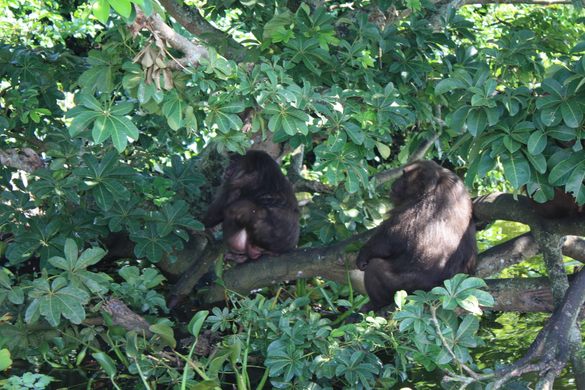
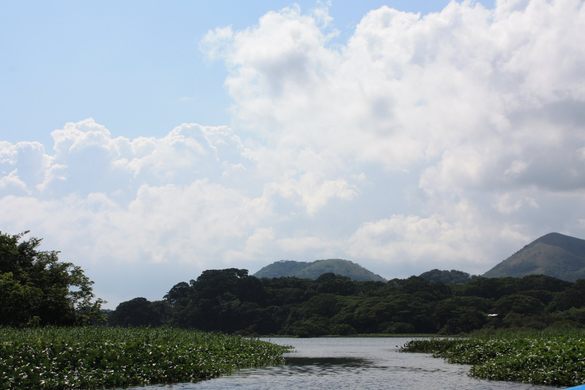
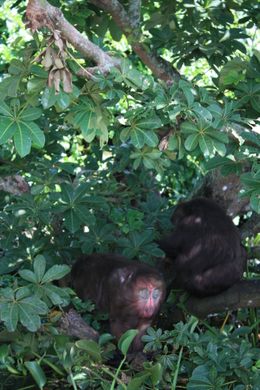
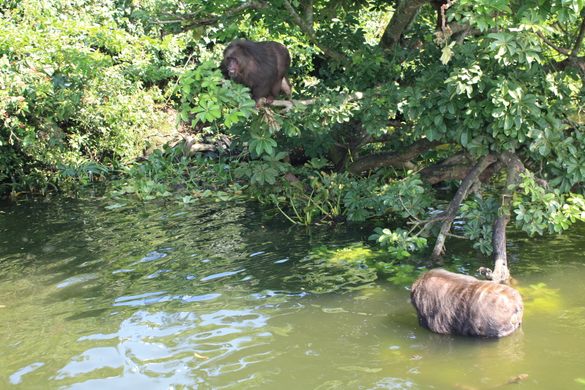
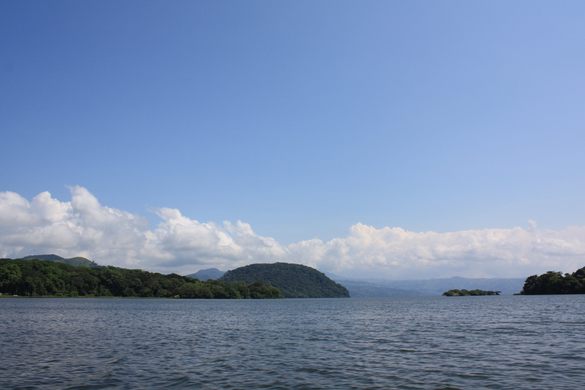



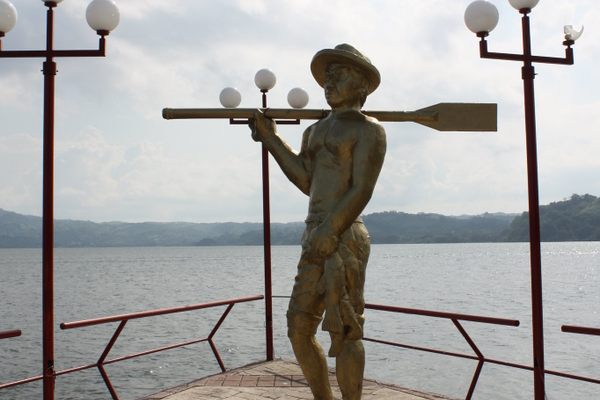


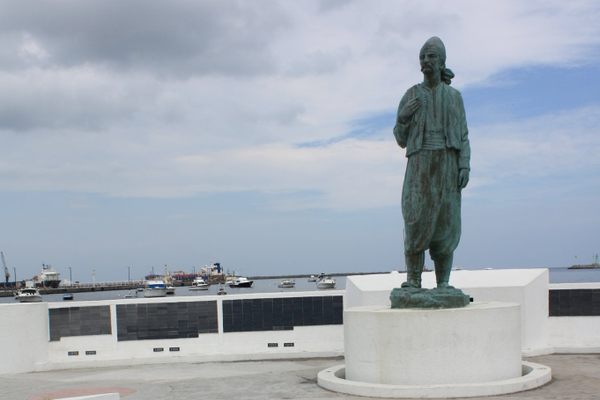
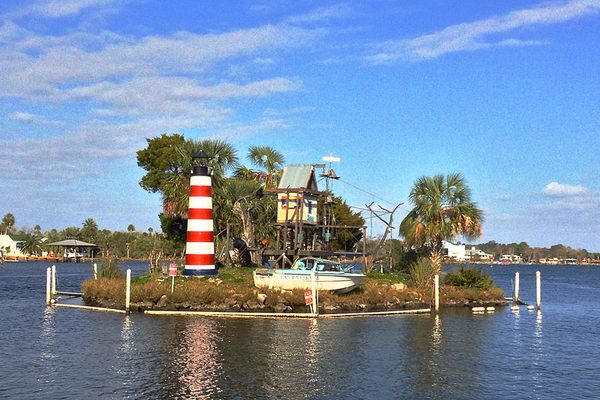

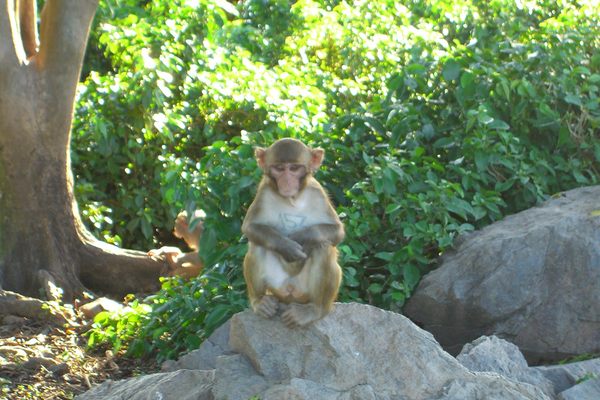
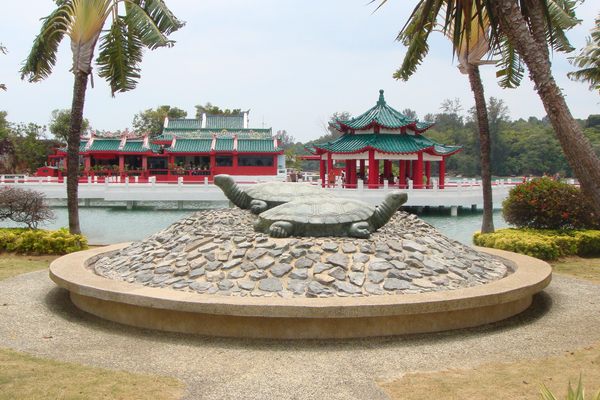

Follow us on Twitter to get the latest on the world's hidden wonders.
Like us on Facebook to get the latest on the world's hidden wonders.
Follow us on Twitter Like us on Facebook